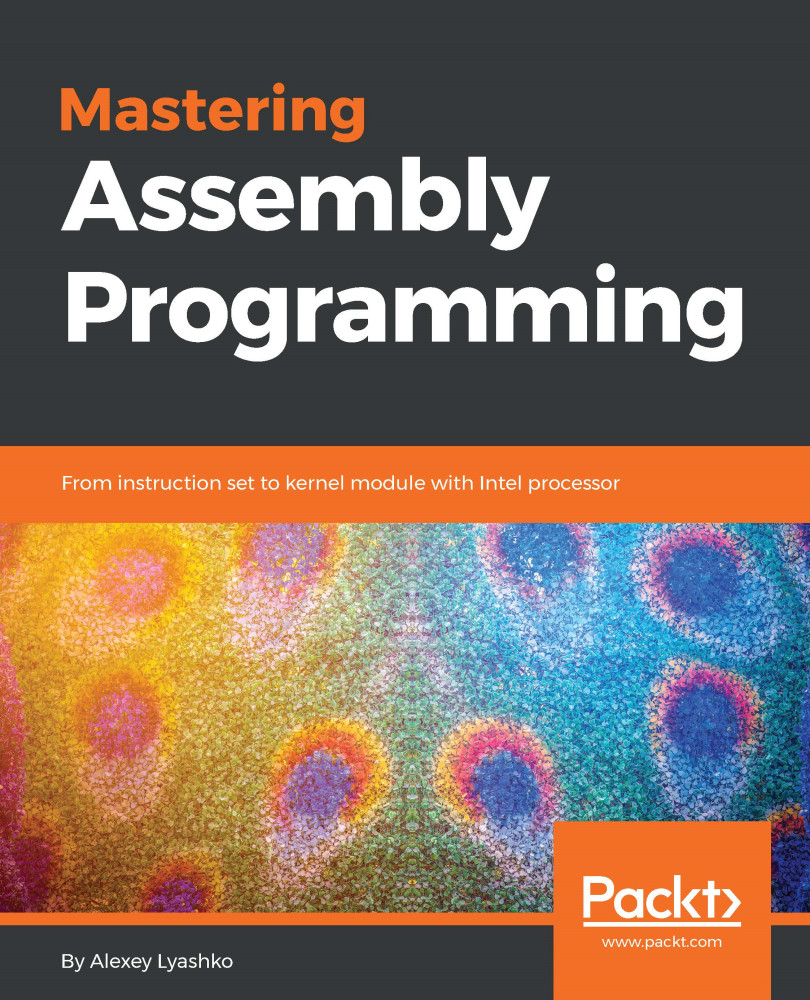There are numerous books, articles, and blog posts on how to better protect your code. Some of them are even useful and practical; however, most of them are dedicated to certain third-party tools or combinations thereof. We are not going to review any of those, neither books nor tools. Instead, we are about to see what we are able to do ourselves with the tools we already have.
First of all, we have to assimilate the fact that there is no such thing as 100% protection for our code. No matter what we do, the more valuable our code is, the higher is the possibility that it will be reverse engineered. We may use packers, protectors, and whatever other tools we may come up with, but at the end, they are all well known and will be bypassed one way or another. Thus, the final frontier is the code itself. To put it correctly, it is the way the code appears to a potential...



